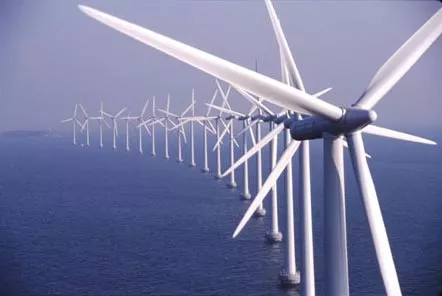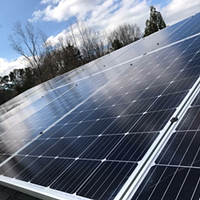Monday, December 5, 2011
Boomer with Attitude Duke University study says Duke Energy is full of it
Posted By John Grooms on Mon, Dec 5, 2011 at 2:50 PM
Duke Energy says that meeting the South’s energy needs will take a big rate hike, with more hikes to come in the future. Duke University, on the other hand, says Duke Energy’s viewpoint amounts to a myth that should be discarded. (Please note that I refuse to make a corny joke about the two entities duking it out.)
The southern energy behemoth has spent much time lately telling everyone that the region has no viable alternatives to the status quo of coal-fired plants and nuclear reactors. An extensive study, conducted by the Nicholas Institute at Duke University and the Georgia Tech School of Public Policy, says that’s a load of bull. Not in those precise terms, of course, but in so many words.
Thanks to BlueNC for making us aware of the study. Here is a link to the entire report, called “Myths and facts about electricity in the U.S. South,” which thoroughly shoots down Duke Energy’s poor-mouthing, its refusal to pursue more renewable resources in the South, its claims about the supposedly high price of renewables, and its commitment to the energy status quo (despite seemingly endless b.s. about how green the company has become).
Six myths debunked in the study:
Myth 1: Energy efficiency and renewable energy by themselves cannot meet the South’s growing electricity demand.
Myth 2: The South does not have sufficient renewable energy resources to meet a Federal Renewable Electricity Standard.
Myth 3: Renewable energy cannot be promoted without escalating electricity rates.
Myth 4: Energy efficiency and renewable energy policies are not compatible.
Myth 5: Cost-effective energy efficiency and renewable energy policies are sufficient to retire existing coal plants and reduce air pollution.
Myth 6: Power resource decisions have little impact on water resources.
As you can see from that list, the report contains valuable information — and thinking — about the region’s energy needs. This is the kind of study that, if it becomes well-known among the citizens of N.C., could conceivably convince Duke Energy to change its future plans, not to mention the rate structures the company wants to see stay in place (those current rate structures do allow for nice corporate bonuses). Check it out and you’ll be well-armed the next time a Duke Energy defender tells you the state, and the region, can’t possibly invest more heavily in renewable energy sources.














